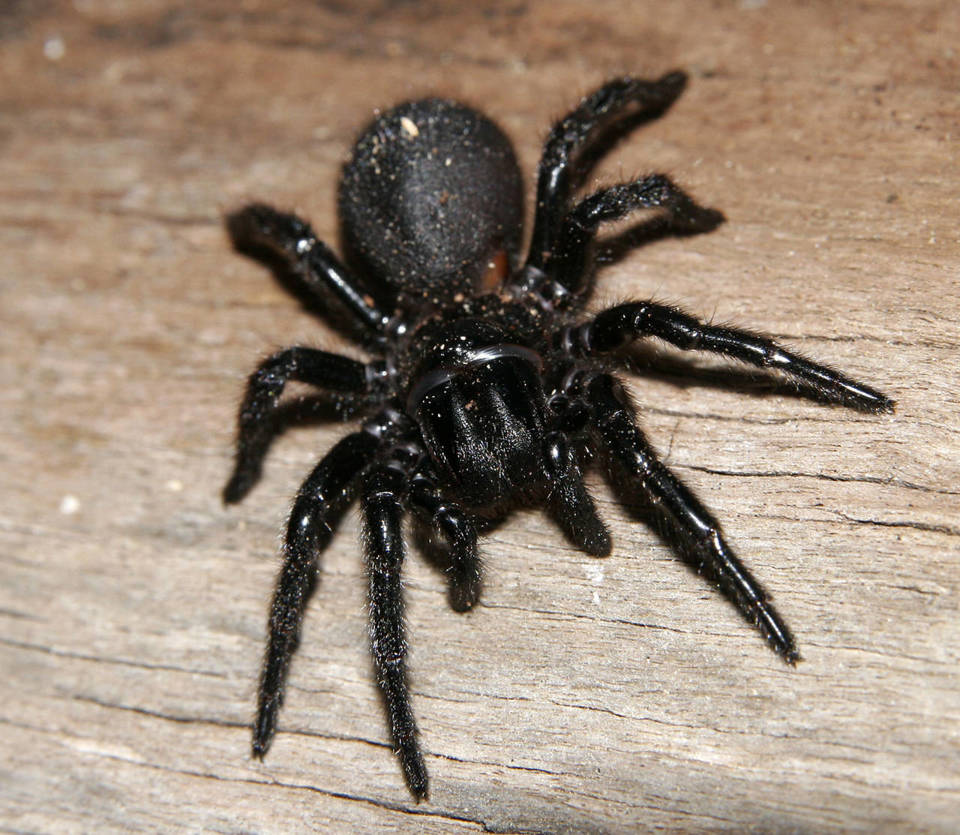
Beyond the comics, a poisonous spider bite can be very painful and even fatal. But when it comes to the Australian funnel-web spider, everything gets worse if you make it angry.
This spider is famous for its potent venom and characteristic funnel web. They are native to Australia and their natural habitat includes both humid forests and suburban regions.
Its venom is highly toxic and can be lethal. Symptoms of a funnel-web spider bite can include severe pain, sweating, nausea, vomiting, and in severe cases, it can lead to breathing or heart problems.
However, with the availability of antivenom and prompt medical attention, deaths from spider bites are extremely rare: only 13 deaths (7 of them in children) have been recorded in Australia in the 20th century.
Now, a new study of how funnel-web spiders generate their venom has revealed that factors such as the arachnid's heart rate and defensive posture could influence the amount of chemicals released through their spiky fangs.
Spiders, to the limit
The researchers collected specimens of four Australian funnel-web spider species: Border Ranges (Hadronyche valida), Darling Downs (Hadronyche infensa), Southern tree-dwelling (Hadronyche cerberea) and Sydney (Atrax robustus).
All of them, then, were subjected to uncomfortable tests. The first was about predation, simulated by scientists by blowing gusts of air at the spiders or poking them with tweezers. The second context involved interaction with another spider of the same species. The third scenario was the exploration of unknown territory.
Throughout these tests, the researchers recorded the spiders' behavior and measured their heart rate using a laser monitor to establish an indication of their metabolic rate. Their venom was then collected and subjected to analysis with a mass spectrometer.
In three of the species, there did not appear to be a correlation between their behavior and heart rate and the composition of their venom. However, the scientists noted an exception in one of the spiders: a higher heart rate and defensiveness in the Border Ranges seemed to be related to variable venom composition.
What is spider venom used for?
Since funnel-web spider venoms consist of complex combinations with a wide range of possible uses, such as organic pesticides and medicines, understanding why these spiders produce these mixtures could facilitate and optimize the extraction and utilization of their venom. This could also help us better understand the function of the venom. (Text and photo: Taken from National Geographic)